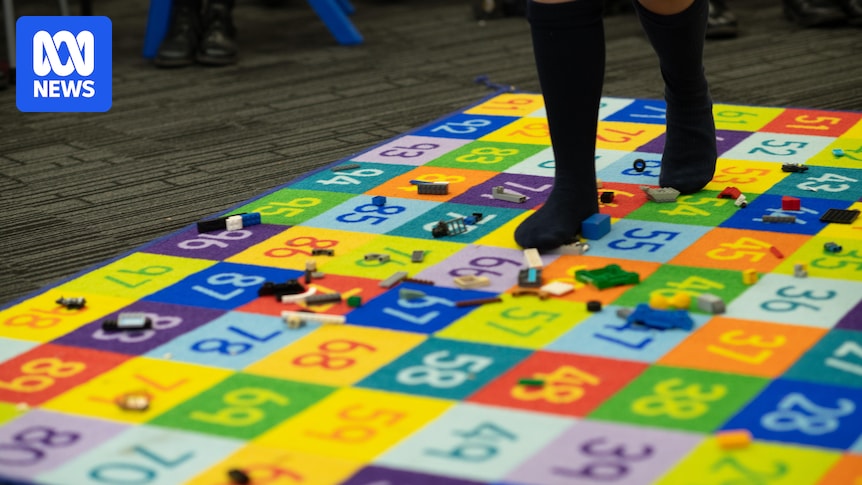
Around Australia, an estimated one in five children and young people experience chronic, often invisible, pain at some point in their lives. Despite spending 40% of their waking hours at school, research from the University of Technology Sydney reveals that one in four teachers struggle to believe and respond to a student’s pain, which can manifest as persistent headaches or pain without an obvious cause.
This challenge is something Rebecca Fechner, a senior physiotherapist at the Queensland Children’s Hospital, encounters regularly. “Often it’s in silence, because sometimes you can’t see it,” Dr. Fechner explains.
Understanding Invisible Pain
Dr. Fechner describes a range of invisible conditions that children may experience, including recurrent musculoskeletal or joint pain, often referred to as growing pains, as well as chronic headaches and abdominal pain. Such pain can frequently go undiagnosed and unexplained. Her dedication to understanding children’s pain led her to complete a PhD in the field and to support a teacher-led pilot program in schools aimed at educating teachers and students about the neuroscience and perception of pain.
While not all pain signifies bodily harm, Dr. Fechner emphasizes the importance of responding with empathy and believing students. “Kids are spending time with teachers more than they’re spending time with their parents sometimes,” she notes.
Empathy in the Classroom
Joshua Pate, a senior lecturer in physiotherapy at the University of Technology Sydney who supervised Dr. Fechner’s PhD, highlights that teachers are already tasked with the wellbeing of their students, and the program aims to alleviate some of this burden. Teachers involved in the research often spend their lunch breaks with students in pain or worry in the evenings about their responses when no clear cause of pain is evident.
“A teacher doesn’t just have one child … they don’t just have their health to look out for, like they’re focused on … the whole class,” Dr. Pate said.
Dr. Pate suggests practical responses, such as providing a child with a tummy ache on a test day some “calming time with music” or dimming the lights, to help manage the situation with empathy.
Pilot Program Implementation
The pilot program has been implemented in two schools, one on the Sunshine Coast and another in Sydney, targeting students from year 3 to year 8. Both schools have since incorporated the lessons into their curriculum in various forms.
At Matthew Flinders Anglican College on the Sunshine Coast, year 11 student Madi Hartley participated in an early version of the pilot, learning about how the brain and body process pain. She found the lessons beneficial in understanding how to respond to friends and family experiencing pain and knowing when to seek additional help.
“If you feel that others don’t [believe your pain], it’s hard to feel that you can access that help,” fellow student Alana Bird explained.
Matthew Flinders Anglican College teacher Louise McCuaig described the pilot as “really, really powerful” in changing teachers’ responses to pain. “It’s giving teachers a much more complex and nuanced understanding of what seems to be an unexplainable response from a young child,” Dr. McCuaig said.
The teacher-led lesson plans are now available on the Australian Curriculum, Assessment and Reporting Authority website, allowing other schools to incorporate them into their teaching strategies.
Looking Forward
The introduction of this program represents a significant step forward in how schools can support students experiencing invisible pain. By fostering an environment of empathy and understanding, educators can better address the needs of their students. As more schools adopt these practices, the hope is that students will feel more supported and understood, ultimately enhancing their educational experience and wellbeing.







